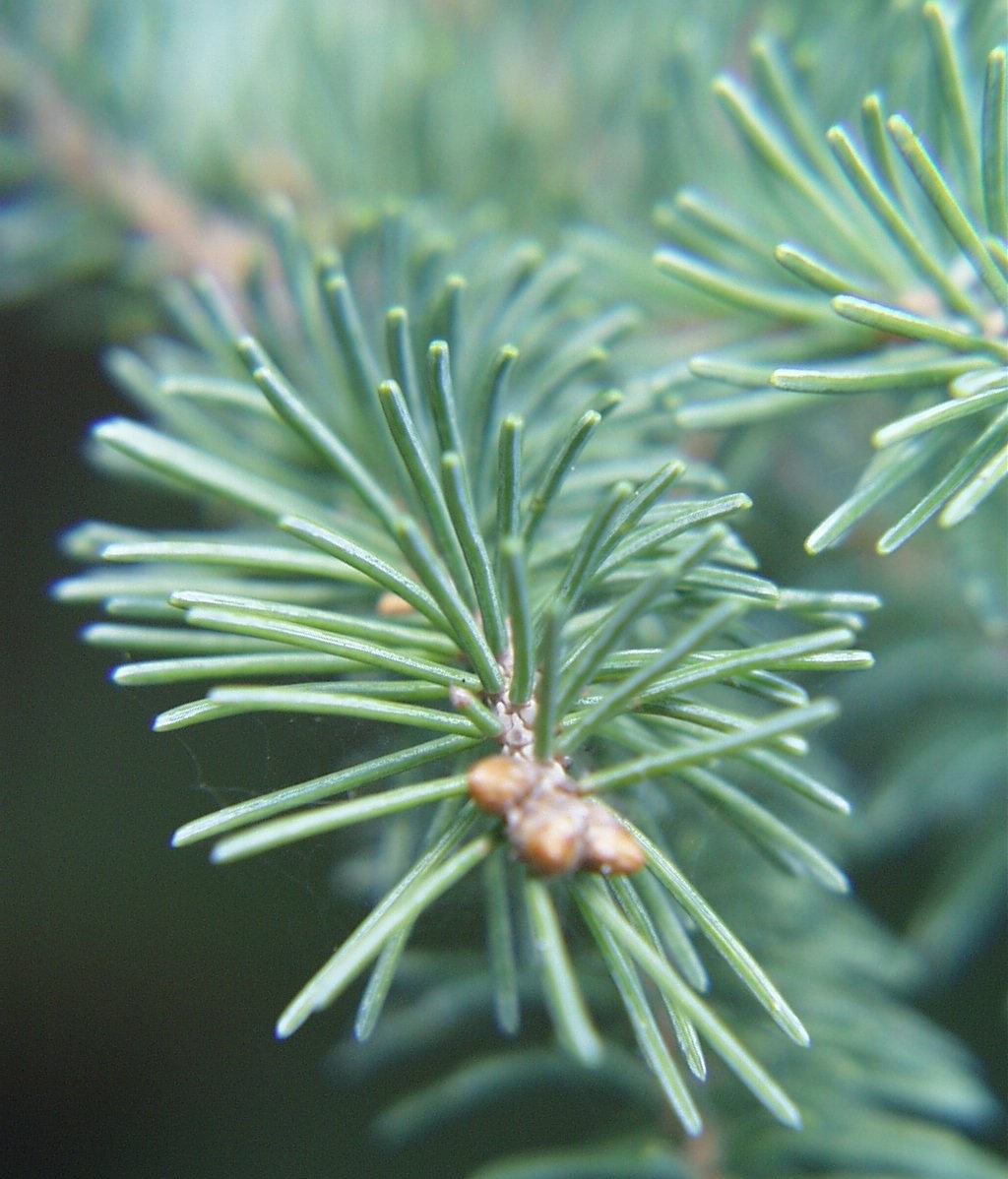- Gymnosperm
Taxobox
name = Gymnosperms
fossil_range = fossil range|370|0Devonian - Recent

image_width = 150px
image_caption =White Spruce leaves (needles)
regnum =Plant ae
subdivision_ranks = Divisions
subdivision =Pinophyta (or Coniferophyta) - Conifers
Ginkgophyta - "Ginkgo"
Cycadophyta - CycadsGnetophyta - "Gnetum, Ephedra, Welwitschia"Gymnosperm (Gymnospermae) are a group of
spermatophyte seed-bearingplant s withovule s on the edge or blade of an opensporophyll , which are usually arranged in cone-like structures. The other major group of seed-bearing plants, theangiosperms , have ovules enclosed in acarpel , a sporophyll with fused margins. The term gymnosperm comes from the Greek word "gumnospermos" (γυμνόσπερμος), meaning "naked seeds" and referring to the unenclosed condition of the seeds, as when they are produced they are found naked on the scales of a cone or similar structure. There are between 700 and 900 species of Gymnosperm. Often they are used for many economical uses and as folk medicines. Some common uses for them aresoap ,varnish ,lumber ,paint , edible plants, andperfume s.Gymnosperms are
heterosporous , producing "microspores " that develop intopollen grains and "megaspores " that are retained in an ovule. After fertilization (joining of the micro- and megaspore), the resulting embryo, along with other cells comprising the ovule, develops into a seed. The seed is a sporophyte resting stage. Reproduction in gymnosperms varies greatly.Cycad s and "Ginkgo " have motile sperm that swim directly to the egg inside the ovule, whileconifer s andgnetophyte s have sperm with noflagella that are conveyed to the egg along apollen tube which grows through ovule tissue.In early classification schemes, the gymnosperms (Gymnospermae) "naked seed" plants were regarded as a "natural" group. However, certain fossil discoveries suggest that the angiosperms evolved from a gymnosperm ancestor, which would make the gymnosperms a
paraphyletic group if all extinct taxa are included. Moderncladistics only accepts taxa that aremonophyletic , traceable to a common ancestor and inclusive of all descendants of that common ancestor. So, while the term 'gymnosperm' is still widely used for non-angiosperm seed-bearing plants, the plant species once treated as gymnosperms are usually distributed among four groups, which can be given equal rank as divisions within the Kingdom Plantae.Molecular phylogenies of extant gymnosperms have conflicted with morphological datasets with regard to whether they comprise a
monophyletic group or aparaphyletic one that gave rise to angiosperms. At issue is whether theGnetophyta are thesister group of angiosperms, or whether they are sister to, or nested within, other extant gymnosperms. Numerous fossil gymnospermclade s once existed that are morphologically at least as distinctive as the four living gymnosperm groups, such asBennettitales , "Caytonia" and the glossopterids. When these groups are considered, the question of gymnosperm and angiosperm relationships becomes even more complicated.References
*Burleigh, J. G., and S. Mathews. 2004. Phylogenetic signal in nucleotide data from seed plants: implications for resolving the seed plant tree of life. "American Journal of Botany" 91: 1599-1613 ( [http://www.amjbot.org/cgi/content/abstract/91/10/1599 abstract] )
*Gifford, Ernest M., Adriance S. Foster. 1989. Morphology and Evolution of Vascular Plants. Third edition. WH Freeman and Company, New York.
*Hilton, Jason, and Richard M. Bateman. 2006. Pteridosperms are the backbone of seed-plant phylogeny. "Journal of the Torrey Botanical Society" 133: 119-168 ( [http://www.bioone.org/perlserv/?request=get-abstract&doi=10.3159%2F1095-5674(2006)133%5B119%3APATBOS%5D2.0.CO%3B2&ct=1 abstract] )External links
* [http://www.conifers.org/ Gymnosperm Database]
* [http://www.huh.harvard.edu/research/mathews-lab/atolHtmlSite/ Gymnosperms on the Tree of Life]
Wikimedia Foundation. 2010.
